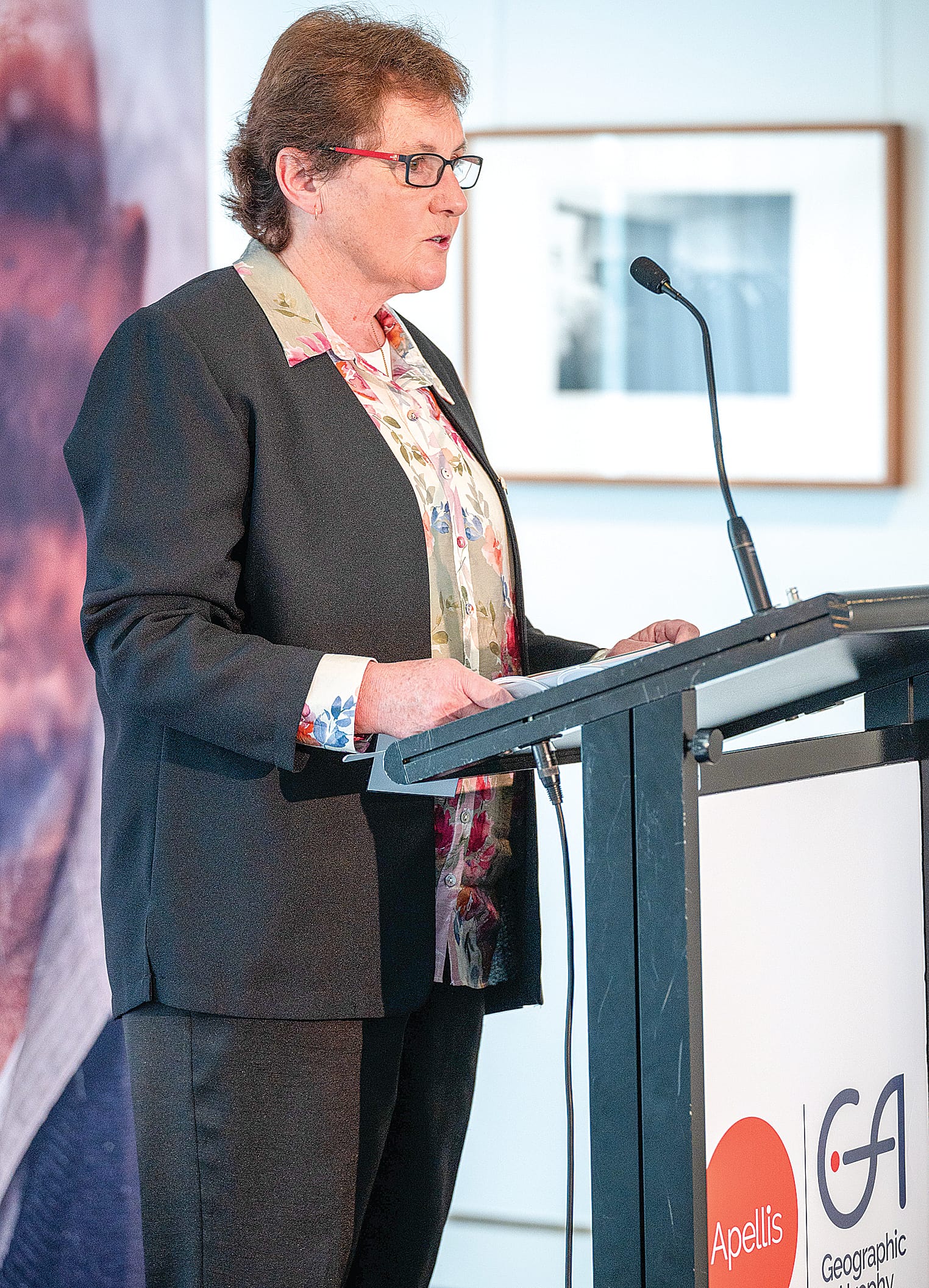Sisters unite to help prevent vision loss
SOUTH Gippsland sisters Sharon Oates, Leesa Willmott and Kerry Fitzgerald have just returned from Canberra campaigning for greater awareness of vision loss through geographic atrophy (GA). An advanced form of age-related macular degeneration, GA is...


SOUTH Gippsland sisters Sharon Oates, Leesa Willmott and Kerry Fitzgerald have just returned from Canberra campaigning for greater awareness of vision loss through geographic atrophy (GA).
An advanced form of age-related macular degeneration, GA is one of Australia’s most common causes of loss of sight.
Team Sisters, Sharon, Leesa and Kerry, who cycle for the Lions Club Ride for Sight and last year raised a record $30,000, were joined by Member for Monash Russell Broadbent MP calling for greater awareness and Government action to help slow GA-related vision loss and prevent legal blindness.
More than seventy-five thousand Australians are known to have geographic atrophy, costing the economy an estimated two billion dollars every year.
A little-known, irreversible and devastating form of age-related macular degeneration geographic atrophy can result in progressive vision loss and legal blindness that eventually deprives people of their central vision and ability to read, drive, see faces and maintain their independence.
“Many people dismiss early-stage GA as a normal part of ageing,” said Sharon.
A report on GA titled ‘We Can’t Wait and See’ found every dollar invested into preserving the vision of people with geographic atrophy can be returned two-fold in benefits to society.
After watching their father Colin Willmott become legally blind due to a dry form of geographic atrophy (AMD/GA) Sharon and her three sisters are now living with the knowledge that the disease can be passed down genetically.
Sharon has spots in her vision and is being checked regularly but doesn’t yet know if she has wet AMD or dry AMD, for which there is no treatment currently.
Colin lived as a farmer at Glen Alvie loving his farm and cows, but life changed when he was diagnosed with macular degeneration.
Leesa Willmott said her father literally couldn’t see.
Sister Kerry Fitzgerald recalls growing up on their farm with lots of fun memories.
“On a scale from one to ten, sight to a farmer would score eleven,” said Leesa.
“It’s sad to think it could happen to me, or happen to one of my kids,” added Kerry.
“It’s scary because we don’t know when we could go blind,” fears Sharon.
In a compelling video, Colin reflects on how the disease affected his life.
“It just gets worse and makes life quite unbearable.”
Wife and mother, Pam Willmott described how GA has affected their lives.
“Sometimes I’m sitting at the table and thinking thank God he can’t see my tears.
“People take for granted that they’ll always be able to see.
“I wouldn’t wish it on anybody.”
Eye specialists fear the number of Australians affected by geographic atrophy may be much higher than current estimates.
“Sadly, as the disease progresses many people with GA find that their world shrinks,” warns Professor Robyn Guymer AM.
Supported by an advisory committee of six leading eye health and vision organisations (including Vision 2020) the ‘We Can’t Wait and See’ report recommends equitably funded vision support services for older Australians, a national GA awareness campaign, public funding for optical imaging for those who are at risk, the creation of a GA registry, secure dedicated funding for GA research and speedy government funding for new, approved GA therapies.
”Trying to recognise friends without being able to see their faces makes socialising difficult,” said Professor Guymer.
“Reading gradually becomes harder until it’s no longer enjoyable.”
Speaking at the launch of ‘We Can’t Wait and See’ Sharon Oates said GA had been hard on the whole family.
“Most people we speak to still have never heard of GA,” said Sharon.
“GA is costing us our sight and our way of life. I hope you can join my family in trying to change that.”
For more information on preventing avoidable blindness and improving vision-care go to vision2020australia.org.au or make an appointment to see your local
doctor.





